Consumer Preferences
Shifting consumer preferences towards sustainable products are significantly influencing the Global Bio-Based Foam Market Industry. As awareness of environmental issues grows, consumers are increasingly seeking products that align with their values. This trend is evident in sectors such as packaging and furniture, where bio-based foams are being favored over traditional petroleum-based options. Companies that adapt to these changing preferences are likely to capture a larger market share, as consumers are willing to pay a premium for environmentally friendly products. This evolving landscape suggests a robust future for bio-based foams in various consumer markets.
Market Diversification
Market diversification is emerging as a key driver for the Global Bio-Based Foam Market Industry. The versatility of bio-based foams allows them to be utilized in various applications, including automotive, construction, and packaging. This adaptability is attracting a diverse range of industries to explore bio-based options, thereby expanding the market. As companies seek to reduce their environmental impact, the demand for bio-based foams is expected to rise across multiple sectors. This diversification not only enhances market resilience but also opens new avenues for innovation and growth, positioning the industry favorably for the future.
Market Growth Projections
The Global Bio-Based Foam Market Industry is projected to experience substantial growth in the coming years. With an estimated market value of 3.25 USD Billion in 2024, the industry is set to expand significantly, reaching approximately 9.65 USD Billion by 2035. This growth trajectory indicates a compound annual growth rate of 10.4% from 2025 to 2035. Such projections highlight the increasing adoption of bio-based materials across various sectors, driven by sustainability initiatives and consumer demand for eco-friendly products. This upward trend suggests a robust future for the bio-based foam market.
Sustainability Initiatives
The Global Bio-Based Foam Market Industry is experiencing a surge in demand driven by increasing sustainability initiatives across various sectors. Governments and organizations worldwide are emphasizing the reduction of carbon footprints and the adoption of eco-friendly materials. For instance, regulations promoting the use of renewable resources are becoming more prevalent, encouraging manufacturers to shift towards bio-based alternatives. This shift is not merely a trend but a necessity, as the industry is projected to grow from 3.25 USD Billion in 2024 to 9.65 USD Billion by 2035, reflecting a compound annual growth rate of 10.4% from 2025 to 2035.
Technological Advancements
Technological advancements play a pivotal role in the expansion of the Global Bio-Based Foam Market Industry. Innovations in production processes and material formulations are enhancing the performance and cost-effectiveness of bio-based foams. For example, the development of new bio-polymer blends is improving the mechanical properties of these foams, making them suitable for a wider range of applications, including automotive and construction. As these technologies mature, they are likely to reduce production costs and increase market penetration, thereby contributing to the anticipated growth trajectory of the industry.
Government Policies and Incentives
Government policies and incentives are crucial drivers for the Global Bio-Based Foam Market Industry. Many countries are implementing policies that support the development and use of bio-based materials. For instance, subsidies for bio-based product manufacturing and tax incentives for companies adopting sustainable practices are becoming more common. These initiatives not only encourage innovation but also facilitate market entry for new players. As governments continue to prioritize sustainability in their agendas, the bio-based foam sector is likely to benefit from increased funding and support, propelling its growth in the coming years.


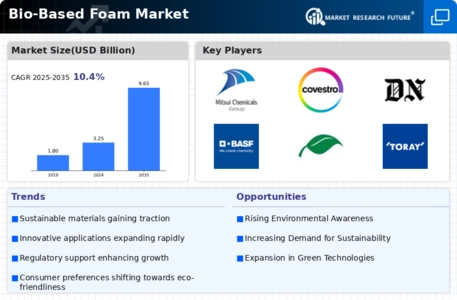
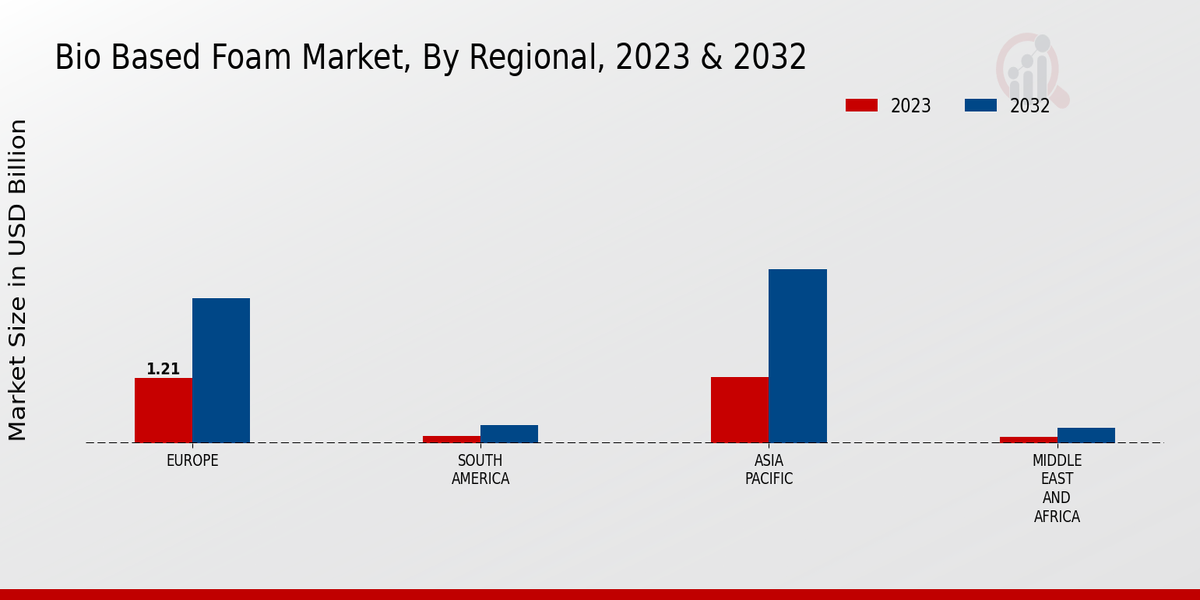
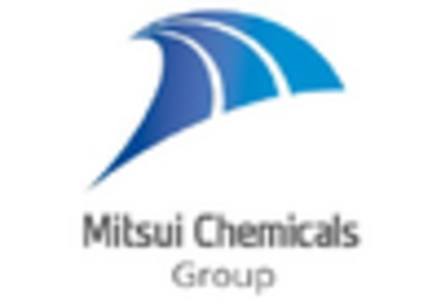

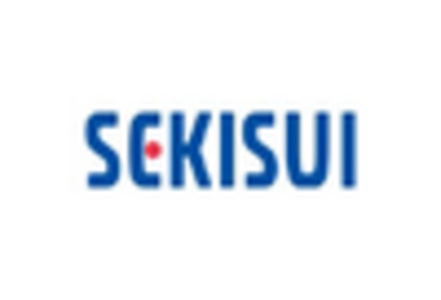
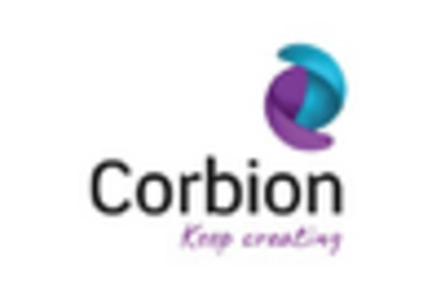
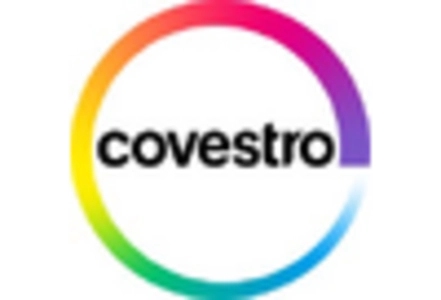

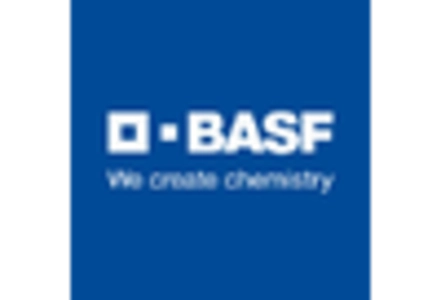
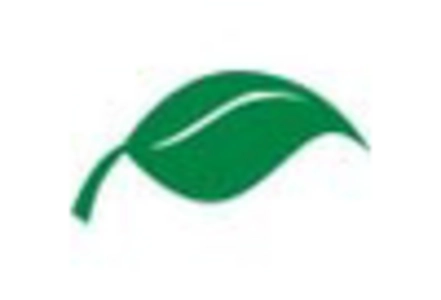








Leave a Comment